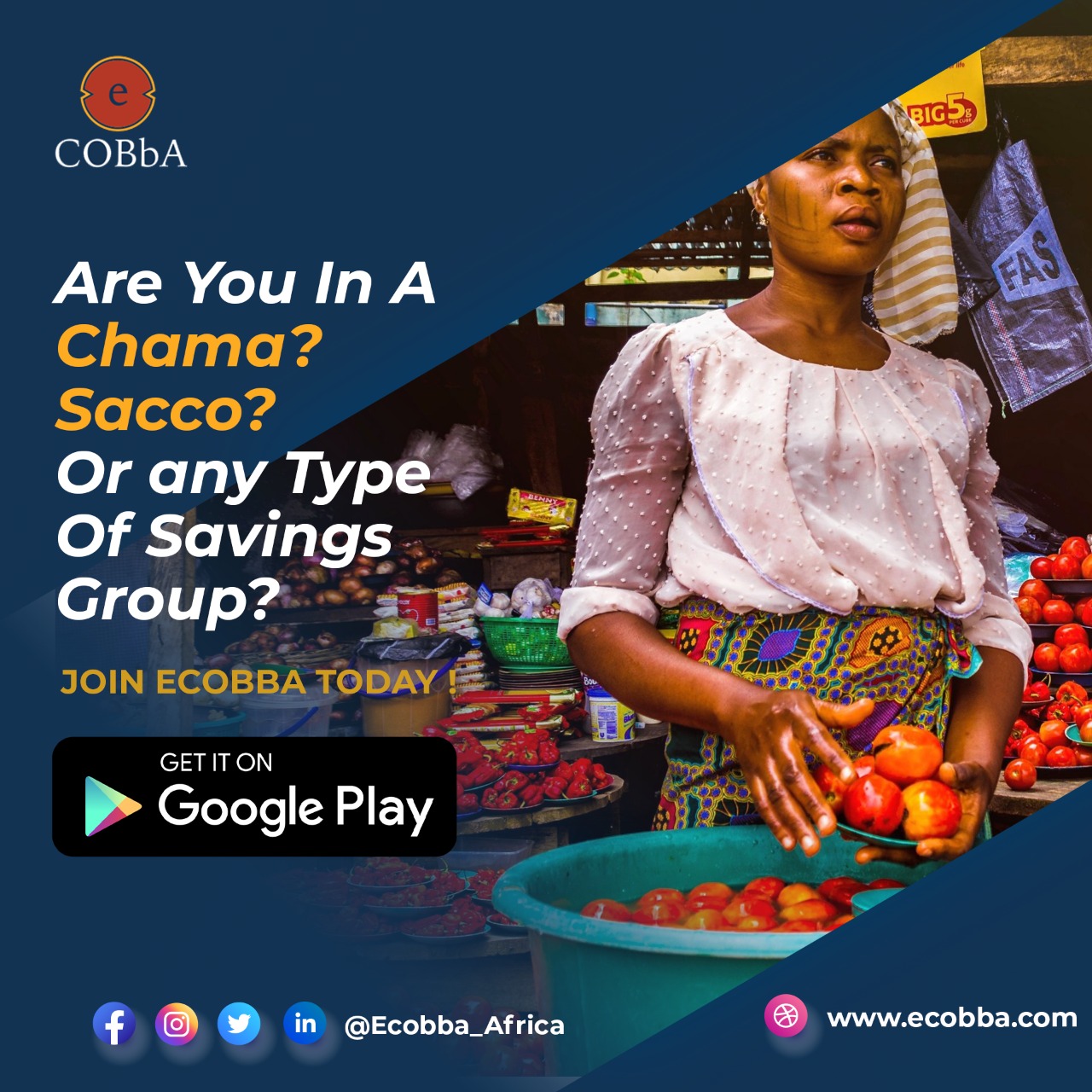
Resilient new normal for savings groups
Creating a Resilient New Normal for Savings Groups I can’t recall how many stories I have heard, or how many reports I have read about the devastating economic impact of COVID-19 on jobs and small businesses, across the world. It has become very clear that as with every other crisis, the poorest and most vulnerable people are being impacted the most by the harsh realities of the pandemic containment measures put in place by governments. Community-level surveys conducted across Africa and Asia by World Vision (WV) and Vision Fund found that local realities paint the same grim picture as the global predictions. The financial resilience of individuals, households, savings groups and microbusinesses has been significantly eroded due to the major downturn in economic activity. This has led many people, groups and small businesses to default on loans, sell off assets and use what little savings they have to meet the basic needs of their families on a day-to-day basis. This reality is further exacerbated by the fact that most developing nations provide minimal or no access to formal social safety net programs. In the midst of crisis, however, there often comes opportunity to accelerate innovation in partnerships, programs and technologies. Building on the experiences of tackling many other crises, World Vision and Vision Fund are seizing the opportunity to help transform the financial system at the grassroots level. They are employing a range of financial instruments that aim to bolster community-level financial institutions - primarily savings groups - and promote financial resilience to future shocks. Why focus on savings groups? Each savings group represents the sole safety net for many households, plus the source of financing for approximately 15 to 20 micro businesses. And savings groups provide much more than a place to save and borrow money. The social benefits of savings groups are equally important in terms of peer support, access to information and potential for learning. With the increased social pressures placed on households resulting from the current crisis, savings groups present a double benefit to poor communities. The next piece of the puzzle is the rapid expansion and adoption of digital technologies to manage financial transactions more safely, efficiently and with minimal need for social contact or group-based community activities. The use of a mobile app, which enables a savings group to manage their money and keep their accounts digitally, at minimal cost and with limited need for technology and mobile bandwidth. The promotion of digital apps also requires investment in both financial and digital literacy at the local level. Savings Groups are the perfect vehicle for such training. When people see how digital tools can benefit their savings groups, families and businesses, the result is rapid adoption of technology. While this approach may primarily be an emergency measure to maintain financial resilience at the community level, it also sets up a firm foundation on which to rebuild local economies once the pandemic is over. We will need that foundation to create a resilient new normal for savings groups and avoid millions of people slipping further into extreme poverty as a result of this crisis.

